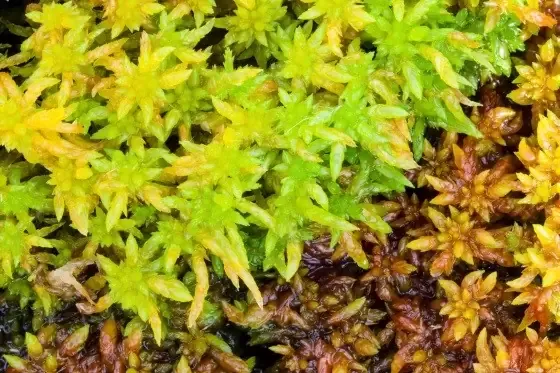
moss.jpg from: https://kirkleeslocaltv.com/news/sphagnum-mosses-vital-to-restoration-of-upland-peatbogs/
Exploring the Fascinating World of Sphagnum aciphyllum Moss
Introduction
Mosses are some of the most ancient and resilient plants on Earth. Among the diverse array of moss species, Sphagnum aciphyllum Müll.Hal., commonly known as Sphagnum moss, stands out as a particularly interesting member of the Sphagnaceae family. In this blog post, we’ll dive into the captivating world of Sphagnum aciphyllum and discover what makes this tiny plant so special.
Background
Sphagnum aciphyllum belongs to the

sphagnum3_934c207f-91bb-4ccc-9a69-3cb114b7c7b9_1491x1930.jpg from: https://pistilsnursery.com/collections/for-your-plants/products/sphagnum-moss
Bryophyta division and Sphagnopsida class of mosses. The Sphagnaceae family, also called peat mosses, are known for their unique characteristics and important ecological roles. Sphagnum mosses have been around for millions of years, with fossils dating back to the Permian period.
Morphology and Identification
Sphagnum aciphyllum forms dense mats or hummocks. The individual plants have a distinctive appearance:
- Stems are upright and can grow up to 20 cm tall
- Branches are arranged in dense clusters along the stem
- Leaves are small, pointed, and densely packed
- Leaves lack a midrib and have large, empty hyaline cells that aid in water retention
- Spore capsules are round and form on short pseudopodial stalks
Global Distribution and Habitat
Sphagnum aciphyllum has a wide global distribution, found in:
- Cool temperate regions of North America, Europe and Asia
- Boreal forests and peatlands
- Subalpine and alpine zones
- Grows in acidic, waterlogged soils and forms extensive mats
Ecological Roles and Adaptations
Sphagnum aciphyllum plays several key ecological roles:
- Helps form and maintain peatlands and bogs
- Stores large amounts of water (16-26x its dry weight)
- Acidifies its surroundings by exchanging hydrogen ions for mineral cations
- Provides habitat for many microorganisms and invertebrates
- Sequesters carbon from the atmosphere as peat
Sphagnum mosses have developed unique adaptations:
- Specialized water-holding cells (hyaline cells) for drought tolerance
- Antibiotic compounds (sphagnol) to prevent microbial decay
- Grows from the tip, allowing lower parts to convert to peat
Conclusion
Sphagnum aciphyllum may be small, but this mighty moss plays an outsized role in its ecosystems. From storing water and carbon to engineering the environment for other species, Sphagnum reminds us to never underestimate the power and importance of even the tiniest organisms. The next time you spot some Sphagnum on a hike, take a moment to appreciate this small but significant wonder of the natural world. What other secrets might these ancient plants hold?